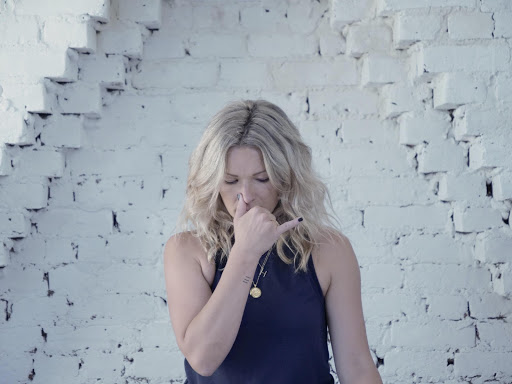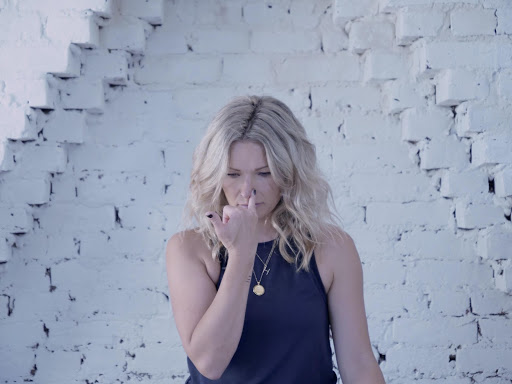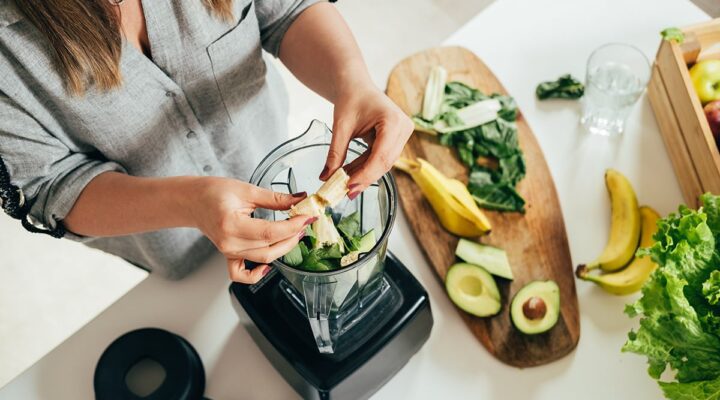In Need of a De-Stress? Here’s How Hatha and Restorative Yoga Can Calm the Mind and Body
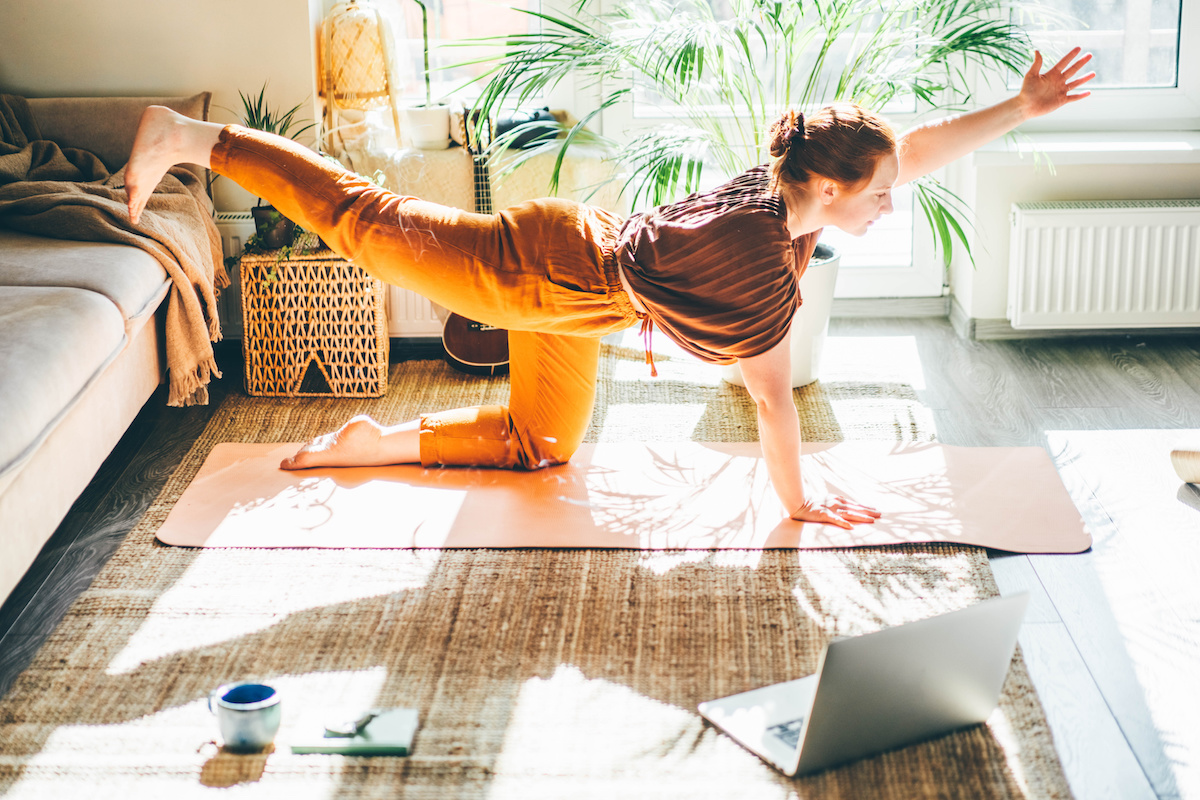
The meaning of the word yoga is ‘to connect or unite’ and as a practice has been instrumental in starting many on the pathway to self-healing.
When we practice yoga not only do we benefit physically from increased blood flow, strength, posture correction, and a lowering of the heart rate, but also the numerous emotional benefits that enable us to calm our entire nervous system. A Hatha/Restorative Yoga session drives down stress, helps you to focus your mind, and makes that all-important mind-body connection.
The benefit of practising these slower styles of yoga is that they allow space for your feelings and emotions to arise. It is a time to pause and to start feeling into your body. Feel the emotions but don’t attach yourself to them. Calm the mental chatter. Allow yourself to rest.
As world-renowned yoga teacher Donna Farhi reminds us, though restorative yoga focuses less on stretching muscles and more on the release of tension, we must not mistake this for a mild result. Restorative yoga should be about practicing the art of attention and allowing us to see within ourselves. When we slow down we have space to listen and respond appropriately, finding a softer and more grateful side of ourselves.
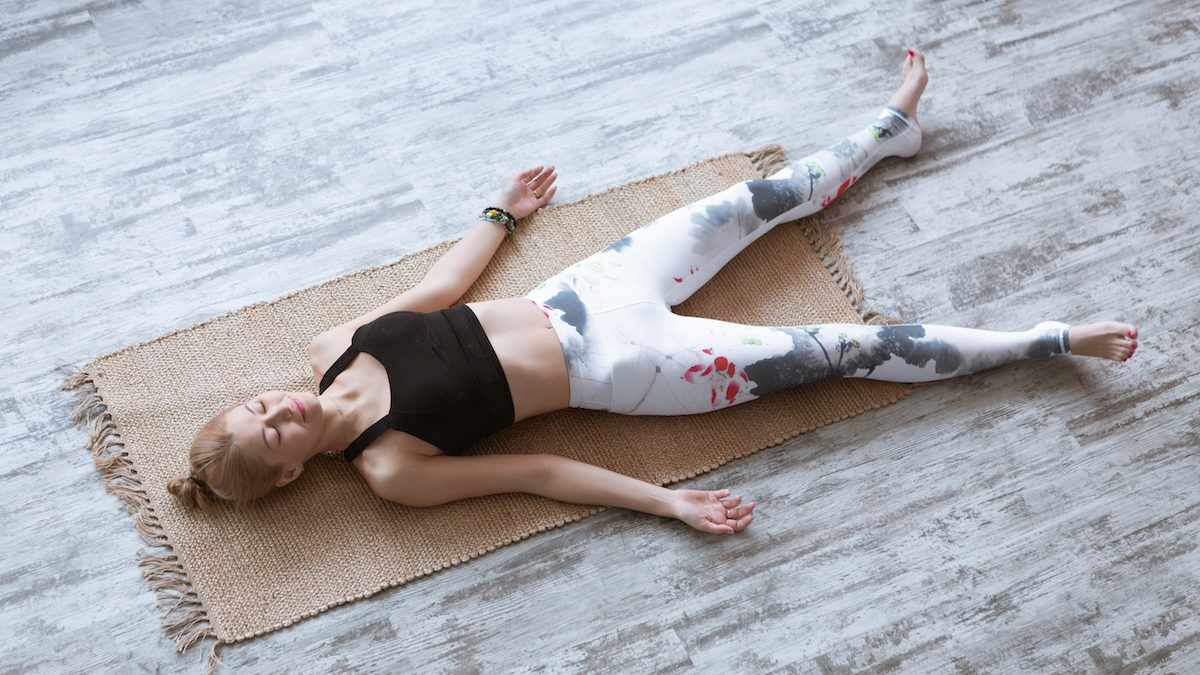
It can be hard for us to pay attention to ourselves when we feel stressed or under pressure. Not all stress is bad though. Stress plays an important role when we need adrenaline to give us the energy to run faster or to meet deadlines for example.
However long-term stress isn’t good for us, nor is living in a constant state of fight or flight. When we continually live in this state we release cortisol and adrenaline into the body that can have a serious effect on our body and mind. We need to find time to hit the reset button. Hatha/Restorative can aid with this by tapping into your parasympathetic nervous system (the system that promotes healing, change, and calm).
Finding time for a yoga practice that fits with your daily routine can be hard but can be invaluable in your day ahead. If you can find time to dedicate 45 minutes to some restorative yoga, here are my top yoga poses to try at home to help you relax and destress.
Top Yoga Poses To Destress At Home
Legs Up The Wall Pose
Sit one hip beside a wall then stretch your legs up against the wall. Try to get both buttocks touching the wall. If it doesn’t feel comfortable on your back you could place your seat and sacrum on a blanket or bolster (if you don’t have a yoga bolster try rolling up a firm pillow with a blanket). Rest your head and shoulders on the floor.
Let your arms rest at your sides and begin to relax all your facial muscles. If you spend a lot of time on your feet or in a seat then this is a very healing posture.
To come away from the wall bend your knees, press the soles of the feet to the wall and gently roll to your right comfortably and rest on your side for a few moments.
Supported Child’s Pose
Starting on an all fours on the mat, bring a bolster in between your knees and lower your seat back onto your heels. Bring the bolster in closer as needed so you rest fully down on to it. Turn your head to either side as needed. Allow the eyes to close and feel the breathe, the full belly breathe on the bolster and full exhale expanding into the back body. Take time to really slow down here.
Supported Spinal Twist
Sitting on a mat with a bolster placed behind your back. Keep your seat on the floor but place your spine down on the bolster. You can elevate the bolster more with more cushions underneath. Bend your knees to place your feet on the floor. Bring your knees over to your left for a gentle twist on the bolster with your arms out next to you.
Stay for a few moments, observe your breath and how you feel. Notice any discomfort and make any adjustments in order to be comfortable. Comfort is key here. Then stay on the bolster, bring your knees back to centre, shift your seat slightly to your left and let your knees descend over to the right.
Reclined Supported Fish Pose
To make this super comfy you will want to use two bolsters and three extra cushions. Lie back on a bolster with your seat on the floor, legs can be extended or for extra comfort place another bolster under the knees. Place cushions under each elbow or forearm so the arms are fully supported.
You may want the final cushion under the head or popped under the spine bolster to elevate the bolster up slightly. Your body should be fully supported, with the props fully holding you and allowing you to rest. There is no need for any muscular contraction or any gripping. Try to feel at total ease and present.
Two Micro-practices To Help You De-stress From Your Desk
Alternate Nostril Breathing
Try this short breathing exercise to help destress and feel energised. It can have an immediate effect on your mood and well-being and is often practiced before seated meditation for a greater sense of clarity. The intake of fresh oxygen saturates the body with an abundance of energy, helping to clear blockages that we may feel.
- This exercise is called Anuloma Viloma. We breathe through one nostril at a time, so before you begin it is a good idea to blow your nose if it’s blocked.
- Using a hand gesture known as Vishnu Mudra, with your right hand bend your first two or three (if more comfortable) fingers down. Place your right thumb against the side of your right nostril.
- Press the last 2 fingers against the side of the left nostril.
- When you hold the breath you will close both nostrils.
- Always starting from the left nostril begin by exhaling all the air out. Then on the count of four inhale on the left, hold the breath at the top, exhale for the count four on the right.
- This breath from left to right, right to left can continue for many rounds but maybe start with six rounds always finishing the exhale on the left. You can stop any time, especially if you feel dizzy or light headed.
Self Massage
A deep self-massage in the middle of the work office might be sure-fire route to the HR department. But, while the majority of us are still working from home, the situation makes this a perfect time to incorporate some some techniques into your daily routine. In the following order you could make this a short sequence.
Foot Massage
Seated with feet together and your knees open creating a diamond shape, open up the arches of the feet towards the sky. Running your thumbs along the inner arches of the feet, squeeze with your thumbs in circular movements around the ball of the foot, rubbing the backs of the toes and then rubbing the heels of the foot. Repeat this up and down several times to ease the connective tissue fibers, known as your fascia.
Another foot massage technique is to use a tennis ball under the foot, rocking forwards and back with some pressure on the ball. This can be done seated or for more pressure do while standing
Neck Massage
While seated upright and comfortable, place both thumbs at the base of the skull. Where the base of the skull ridge meets the neck you find the occiput and the muscles here can get tight and tense when feeling under pressure or stressed causing head aches. Use the pads of the thumbs to rub in circular movements around the tender spots under the skull.
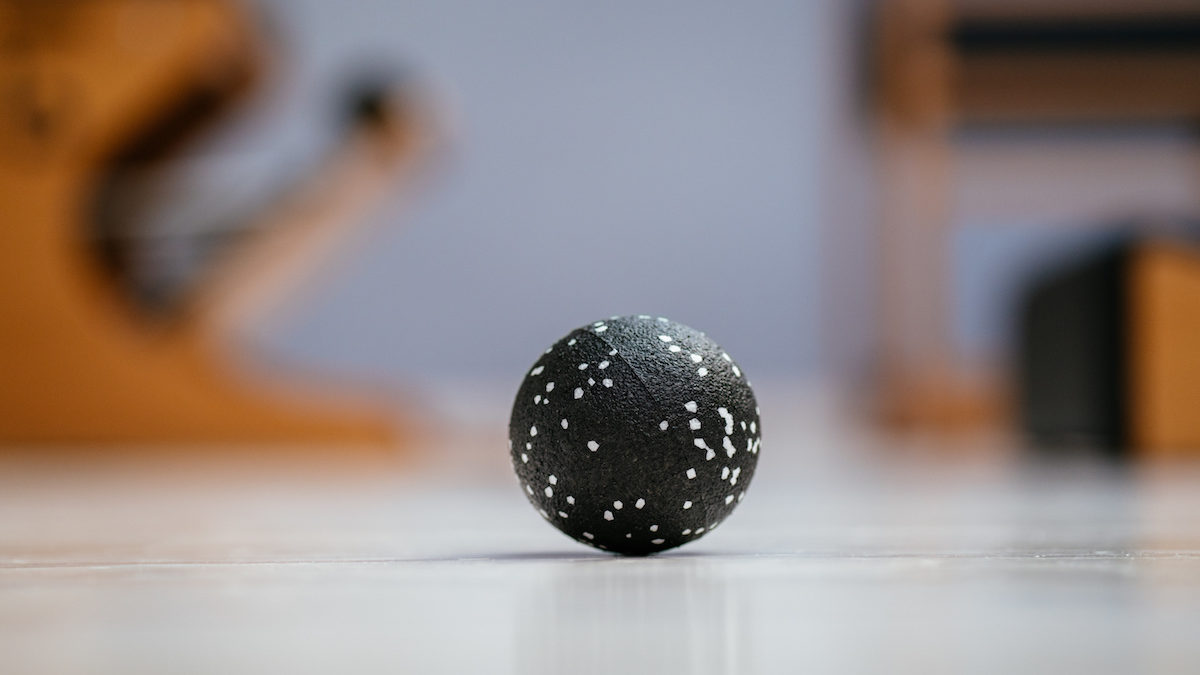
Forehead Massage
While you could probably get away with doing the first two in the office, this one is WFH only .
Come onto all fours and then sitting the seat bones back above the heels into a child’s pose. If the buttocks doesn’t touch the heels then you can place a cushion above the heels for more comfort. You want the head to touch the floor or a surface, so you might need to bring your hands on top of one another under the head if it doesn’t touch the floor.
Now begin to gently rock the forehead side to side, creating a massage across the brow. As we massage here we can apply gentle pressure to the pituitary gland. Dopamine travels to and is stored here and serotonin, the happy hormone, is stimulated here. The pituitary helps regulate stress too by releasing cortisol into the adrenals. So, this simple massage can release feel good hormones.
Back Massage
This is really simple if you feel comfortable lying on your back on a comfortable surface, hug your knees into your chest and rock side to side. Then try taking the knees further away and wider from you to target more of the lower back and sacrum.
Holly is the founder of Studio iO, a small dedicated Yoga Space in central Brighton where she teaches weekly classes in Hatha, Vinyasa Flow and TRX Yoga.




